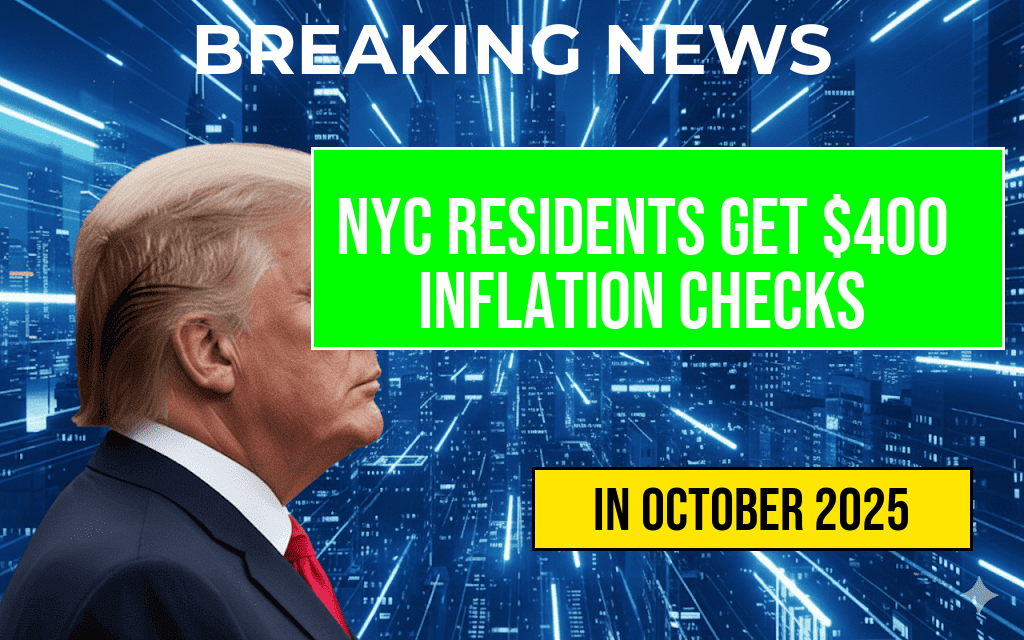The federal minimum wage for 2025 has officially increased, with updated hourly pay rates set to take effect on October 4. This adjustment reflects ongoing efforts to keep pace with inflation and economic shifts, impacting millions of workers across the United States. While the federal minimum remains $7.25 per hour, several states and localities have enacted higher minimum wages, many of which will see adjustments aligned with or exceeding federal changes. The new rates are part of a broader conversation about economic equity and living wages, with policymakers emphasizing the importance of ensuring workers receive fair compensation in an evolving labor market.
Federal Minimum Wage Update for 2025
The U.S. Department of Labor announced that effective October 4, 2024, the federal minimum wage will remain at $7.25 per hour for the upcoming year. However, due to annual inflation adjustments mandated by the Fair Labor Standards Act, several jurisdictions have adjusted their local minimum wages, some significantly higher than the federal baseline. These changes aim to better reflect current economic realities and address wage disparities that persist nationwide.
State and Local Wage Changes
While the federal minimum remains static, many states and cities have enacted higher minimum wages, with some scheduled for increases in 2025. Notably, California, New York, and Washington continue to lead with some of the highest minimum wages in the country. Local governments, including Seattle and Boston, also announced new rates to accommodate rising living costs.
| Jurisdiction | Minimum Wage (Hourly) | Effective Date |
|---|---|---|
| California | $16.00 | October 1, 2024 |
| New York (New York City) | $15.75 | October 4, 2024 |
| Washington | $15.74 | October 1, 2024 |
| Massachusetts | $15.00 | January 1, 2025 |
| Seattle | $17.27 | October 1, 2024 |
Implications for Employers and Workers
The wage adjustments are expected to influence a broad spectrum of industries, particularly retail, hospitality, and service sectors, where minimum wage jobs are prevalent. Employers are evaluating how these increases will impact staffing costs and pricing strategies, with some potentially passing on higher expenses to consumers. For workers earning near the minimum wage, these changes could translate into meaningful income boosts, especially in high-cost urban areas.
Economic and Policy Context
The federal minimum wage has remained unchanged since 2009, despite mounting calls for increases amid rising inflation and cost-of-living pressures. Advocates argue that higher wages help reduce income inequality and stimulate economic activity through increased consumer spending. Critics, however, contend that mandated increases could lead to higher unemployment or reduced hours for low-wage workers, especially for small businesses operating on thin margins.
Future Outlook
While the federal minimum wage remains static for now, several states have legislated or are considering future increases linked to inflation or scheduled review cycles. The Biden administration has expressed support for a gradual increase towards a $15 minimum wage at the federal level, though legislative hurdles remain. For now, local and state governments continue to drive wage growth on the ground, responding to regional economic conditions and political priorities.
Resources for Employers and Employees
- Fair Labor Standards Act (FLSA) – Overview of federal wage and hour laws.
- U.S. Department of Labor – Minimum Wage Laws – Up-to-date information on federal and state minimum wages.
- Forbes – Business Impact of Wage Changes – Analysis of economic implications for companies.
Summary
The upcoming adjustments to minimum wages across various jurisdictions in 2025 reflect ongoing economic shifts and policy efforts to improve worker compensation. While the federal rate remains steady at $7.25 per hour, local governments continue to lead wage increases, often surpassing federal levels to better align with regional living costs. These changes are poised to reshape labor dynamics, influence employer strategies, and affect millions of workers nationwide as they navigate a landscape of evolving wage standards.
Frequently Asked Questions
What is the new minimum wage rate effective October 4, 2024?
The U.S. minimum wage has increased to $15.00 per hour starting October 4, 2024, reflecting the updated pay rates for 2025.
Which states or cities are affected by the 2025 minimum wage increase?
The minimum wage increase applies to various states and cities across the U.S. that have set their own minimum wage rates, with many aligning to the $15.00 per hour benchmark for 2025.
How does the 2025 minimum wage compare to previous years?
Compared to previous years, the minimum wage has seen a gradual increase, with the 2025 rate set at $15.00/hour, representing a significant step towards ensuring fair pay for workers nationwide.
Are there any exceptions or special rules regarding minimum wage for certain employees?
Yes, some employees such as student workers or tipped employees may have different minimum wage rates or exemptions based on federal and state regulations.
When will employers need to implement the new minimum wage rates?
Employers are required to implement the new minimum wage starting October 4, 2024, ensuring all eligible employees are paid at least the updated hourly rate.





